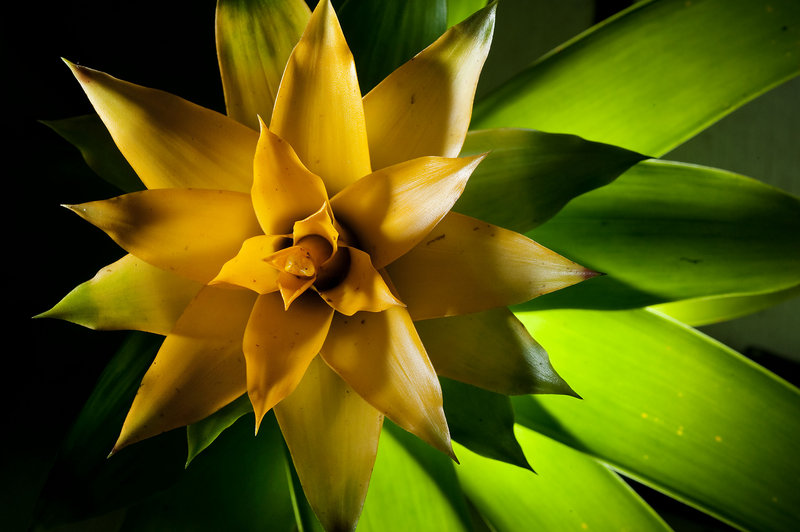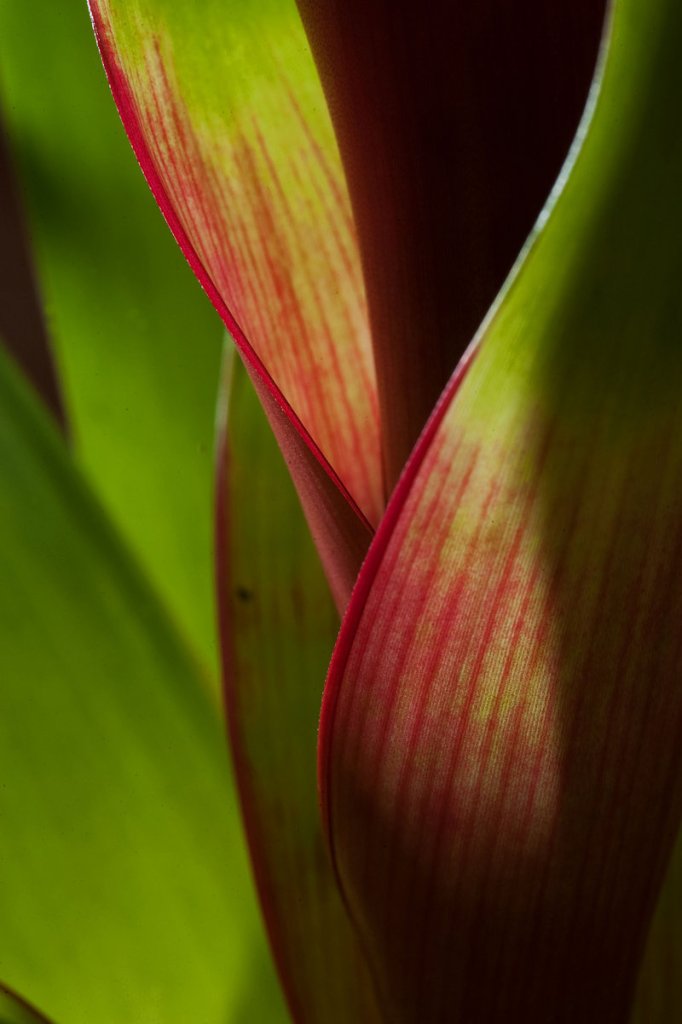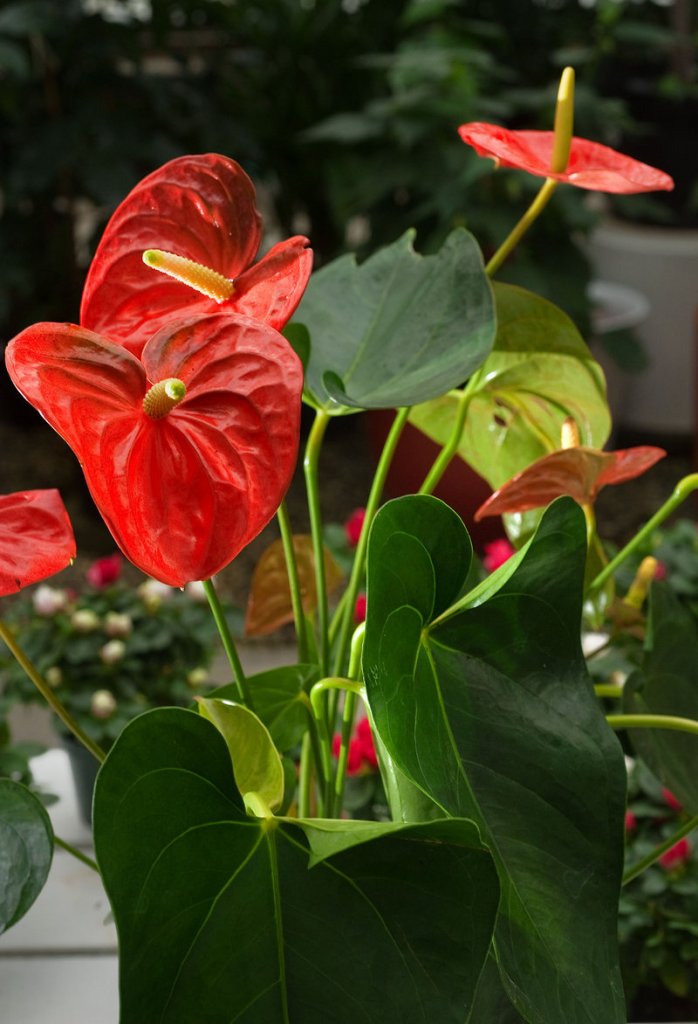SACRAMENTO, Calif. – Every January, Joan Coulat welcomes an indoor jungle to Capital Nursery.
Ferns, orchids, dracaenas — they pack the Sacramento, Calif., greenhouse, ready for new homes. It’s houseplant season.
“We just unpacked a whole truckload,” Coulat said of the tropical arrivals. “There’s always something different and exciting.”
When the weather turns cold and gray, gardeners’ interest often heads indoors. It’s no wonder sales of houseplants spike each winter as people find time to cozy up to their favorite greenery — and try to keep it alive till spring.
According to the National Gardening Association, more than one-third of American households grow indoor plants. Most businesses also include plants in their decor; besides creating a friendly ambience, the greenery is said to have a calming effect.
“People don’t realize how houseplants wake up a room,” Coulat said. “And we know now that they clean the air so much faster than anything.”
Recent research cites houseplants as efficient air purifiers. Like their outdoor counterparts, they change carbon dioxide into oxygen. But they also can pull toxic chemicals such as benzene and formaldehyde out of the air we breathe.
“All plants add oxygen and create a healthier indoor environment,” said Chris Raimondi of the Professional Landcare Network, or PLANET. “In addition, some plants provide the added benefit of removing toxins from the air.”
While considering houseplants for future space bases, NASA found they can help cut down on airborne bacteria and mold spores by 50 percent to 60 percent.
In addition, houseplants emit water vapor like a living humidifier, helping the indoor air feel more comfortable. A Virginia Tech study credits houseplants with reducing indoor dust by 20 percent.
Well-known as Sacramento’s “Begonia Lady,” Coulat also has a soft spot for indoor plants.
“I collect them,” she said. “I’ve got at least 30 sansevierias. I love the aralias. I can’t resist the curly dracaena or the domino spathiphyllum. They’re all very pretty.”
New hybrids have broadened the world of indoor plants far beyond basic philodendrons and violets. And some need very little care to thrive.
“They’re selling very well,” Coulat added. “We had cut back with the economy in a slump, but people are buying houseplants. They make people feel better.”
POPULAR HOUSEPLANTS
Because they prefer temperatures in the typical indoor range, the 60s and 70s, these popular houseplants rank among the easiest to grow.
African violet: Not true violets, these fuzzy favorites were introduced to Europe from Africa in 1893. Hundreds of varieties have been developed with blooms from white to dark purple. A key to repeat blooming: humidity. They grow well in bathrooms and kitchens; otherwise, put them on a humidity tray. Don’t splash leaves with cold water; they’ll spot.
Anthurium: These Hawaiian favorites can last for years, even decades. They prefer higher temperatures and bright indirect light. Don’t overwater.
Aralia: These plants with pretty foliage come in many varieties, including China Doll. They like full, bright but indirect light, away from heaters but above 65 degrees. Let the soil dry out between waterings.
Bromeliad: Thriving on neglect, bromeliads tolerate a wide range of indoor conditions with minimal care. But never use a metal watering can — metal can be toxic to bromeliads. They bloom only once in their lifetime, but that flower lasts two to three months. After flowering, the plant stops producing leaves but will grow “pups,” baby plants that will grow and flower in two to three years.
Dracaena: These plants can grow tall — up to the ceiling — and prefer bright filtered light. They like their soil to dry out; too much water turns their leaves brown. But mist them once a week.
Ferns: They need medium or bright indirect light. The Boston fern is a good pollution-fighting variety that requires little maintenance.
Ficus tree: An indoor-pollution fighter, this small tree prefers medium to bright light. Don’t water until the leaves begin to turn yellow. The ficus is sensitive to cold drafts and changes in light.
Grape ivy: These fast-growing vines are tolerant of low light but prefer good air circulation. They need little fertilizer; too much causes salts to build up. Warning signs are leaf burn, wilt and loss of foliage.
Ivy: An outdoor plant adapted to the indoors, this vine likes indirect light and evenly spaced watering but doesn’t mind drying out occasionally.
Jade plants: Members of the Crassula genus, these low-care succulents like to be left alone. They prefer a sunny window with light four hours a day, but keep the plant at least 3 inches from the glass to avoid scorching leaves. They need little water in fall and winter when dormant; otherwise, let the soil dry out completely between waterings.
Orchids: Moth or butterfly orchids (Phalaenopsis) and Dendrobiums prefer indirect light, away from gas heat. Avoid overwatering. Ideally, water every three weeks if the orchid is planted in moss, every other week if planted in bark. Don’t let pots stand in water, either; roots can rot. Pansy orchids (Miltonias) like their roots constantly damp but never soggy.
Palms: Probably the world’s most popular houseplants, palms grow tall (up to the ceiling) and need space as well as indirect light, good air circulation and a regular weekly watering schedule. Salts can build up in soil; palms prefer distilled or filtered water and occasional misting. The best choices for indoors: kentia palm (Howea forsteriana) or lady palm (Rhapis excelsa).
Philodendron: Native to the jungles of Central and South America, these are among the most durable houseplants. They tolerate low light. Allow the soil to dry out between waterings; yellow leaves indicate too much water.
Pothos: Among America’s favorites, the low-maintenance vines from Malaysian jungles can handle low light; they prefer a north-side window. Water when the soil feels dry.
Sansevieria: With nicknames like mother-in-law’s tongue and snake plant, this favorite is almost indestructible and comes in dozens of varieties. It can tolerate low light and go two months without water in winter. Otherwise, water every other week. Treat like a cactus. Watch out for sharp tips!
Spathiphyllum: A great indoor air filter, the popular Peace Lily tells you when it needs watering — it wilts. Keep the soil evenly moist but not soggy. They tolerate low light.
Spider plant: Among the best pollution fighters, Chlorophytum plants need moderate light to thrive. They’re great for beginners or dorm rooms. Water when the soil feels dry. Another bonus: This spider attracts few insects or other pests.
Wandering Jew: Perfect for hanging baskets, Tradescantia is a super-easy vine with silver, green, white and/or purple foliage; for best color, place in east- or south-facing window. Water every other week, but mist frequently.While considering houseplants for future space bases, NASA found they can help cut down on airborne bacteria and mold spores by 50 percent to 60 percent. In addition, houseplants emit water vapor like a living humidifier, helping the indoor air feel more comfortable.
Send questions/comments to the editors.





Success. Please wait for the page to reload. If the page does not reload within 5 seconds, please refresh the page.
Enter your email and password to access comments.
Hi, to comment on stories you must . This profile is in addition to your subscription and website login.
Already have a commenting profile? .
Invalid username/password.
Please check your email to confirm and complete your registration.
Only subscribers are eligible to post comments. Please subscribe or login first for digital access. Here’s why.
Use the form below to reset your password. When you've submitted your account email, we will send an email with a reset code.